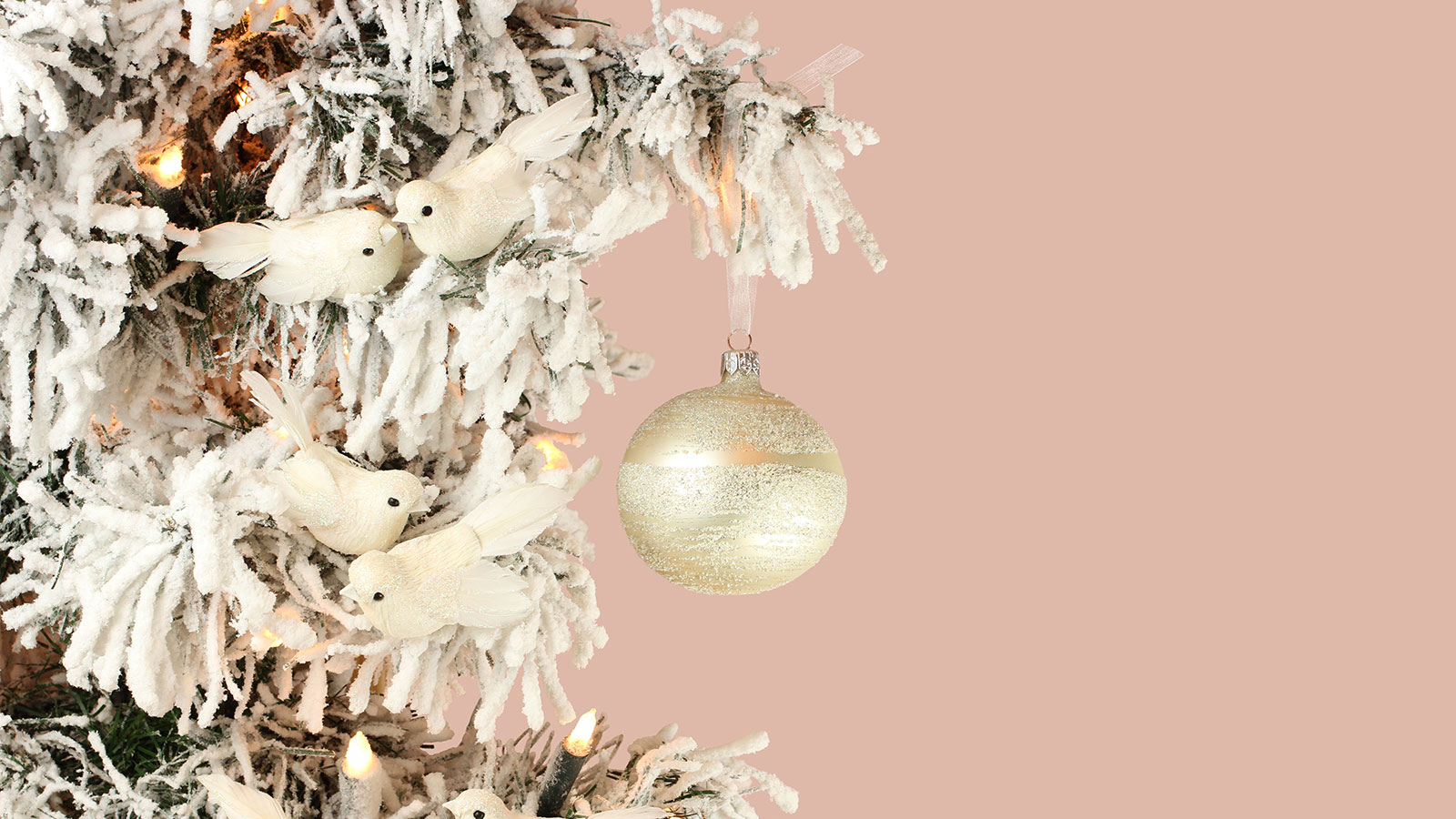Q. A friend wants a flocked Christmas tree. Actually, he wants a pink flocked Christmas tree. How hazardous is tree flocking? If his heart is set on flocking, is there an eco-friendly option?
Amy
San Francisco, Calif.
A. Dearest Amy,
Is your friend a big fan of Bing Crosby, roasting chestnuts, and Claymation Christmas specials – a vintage guy, in other words? Those are the kinds of holiday accoutrements that go with pink flocked Christmas trees — those cheerily colored decorations in vogue in the ’50s and ’60s — after all. And though it’s not exactly my thing, I can see how such a tree could have a certain kitschy appeal.
For those with more modern sensibilities, a flocked Christmas tree is one that has been sprayed with some sort of artificial snow. This can be done to both fake and real trees; one may purchase a professional flocking job from a nursery or tree farm, or take the flocking into one’s own hands with a DIY project. Done well, flocked trees can look lovely (even the pink ones). But Amy, I’m still going to advise you to advise your friend not to buy one.
Here’s why: One, it can be difficult to discern exactly what that fake snow is made of. The spray-on flocking one can buy in craft stores may contain chemicals like solvents, propellants, and flame retardants. Professionals often use mixtures based on bleached paper pulp (a.k.a. cellulose) and corn starch, which sounds pretty innocuous (though I must remind you, dear readers, about the links between bleached paper and dioxins). But then they may add borax, which is suspected of crimes like hormone disruption, as well as adhesives, and more of those troublesome flame retardants.
Now, I don’t know if these substances in these amounts can cause health issues in your household; I’m not sure that anyone has ever checked. Flocking in general is considered nontoxic. But whenever we’re dealing with potentially hazardous chemicals, and especially when we’re talking about totally nonessential exposure, I vote to skip it.
The second strike against flocked Christmas trees: They can almost never be recycled. Assuming your friend wants a live tree over a plastic one (and I hope he does), Amy, one of the most responsible ways to dispose of it after the last carol has been sung is through municipal recycling or mulching. And in part because of the uncertainty over exactly what’s in that charming faux snow, few waste management companies will accept them (San Francisco doesn’t). I did find one nursery that says its biodegradable flocking can be washed off for later recycling, but I can’t tell you how easy that task is, or how much water it would require. And if you fail, your tree gets a ticket to the landfill.
Amy, your friend could always do some research and read Material Safety Data Sheets to find the least-toxic, biodegradable flocking. He could flock his own tree at home using the classic DIY formula of Ivory soap flakes and water; some people also throw in laundry starch. I suppose he can even add a nontoxic dye to get the pink hue he’s craving. But even then, he’ll have to a) deal with the hassle and water use of de-flocking the tree at Yule’s end, or b) just throw it away. Neither of these sound like a good choice to me.
Instead, why not get that vintage look through antique ornaments? Or that rosy glow with pink LED lights? There are other, easier ways for your companion to add his personal style touches to the holidays this year.
Red-nosed reindeerly,
Umbra



